We spent the remainder of the morning (and some of the afternoon) at Ancient Kourion. There was SO much to see so we will just share a few highlights. This is how big it is:
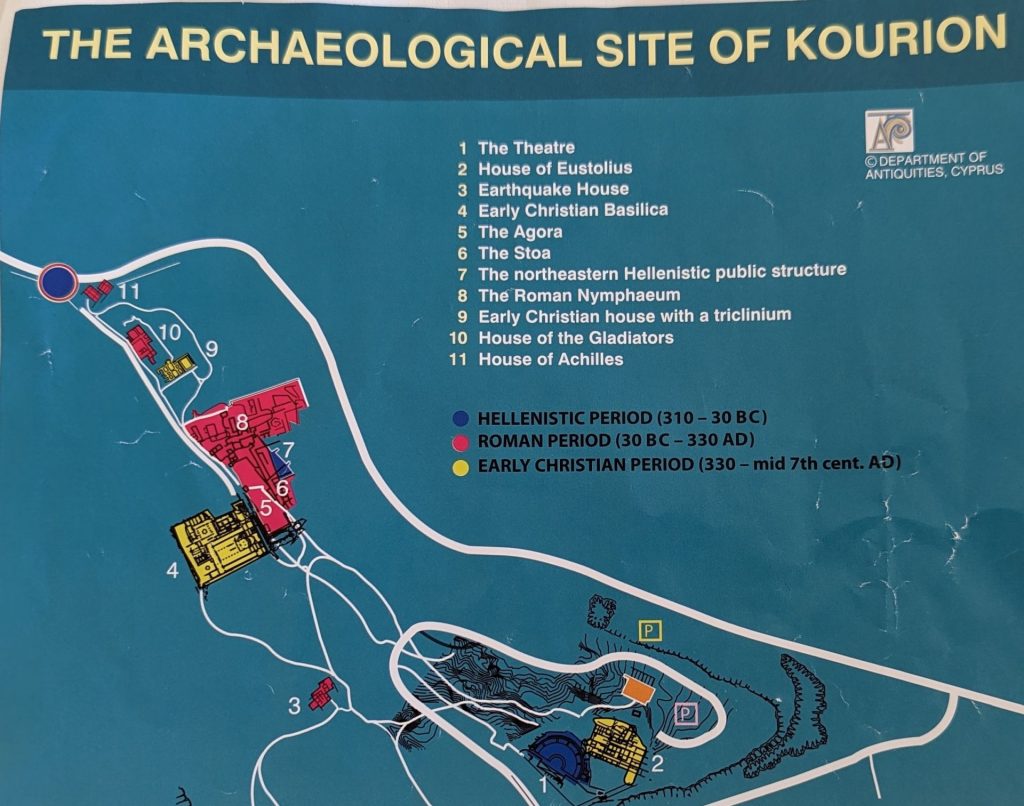
The Theater
The original theater was built in the 2nd century B.C., a time when builders utilized a natural slope to partially support the weight of the seating area (cavea). Between 214 and 217 A.D., the theater was modified to accommodate gladiatorial games and “hunters pursuing wild animals” events, but it was restored to its original form as a theater after 250 A.D. Research indicates that the theater was used continuously for many centuries, through the Hellenistic and Roman period.
The theater as one sees it today has been entirely rebuilt and is larger than it was initially, now holding 3,500 guests. The acoustics, for which it was famous, have not lost their quality. The theater is used today in the summer for performances of ancient drama and cultural events.
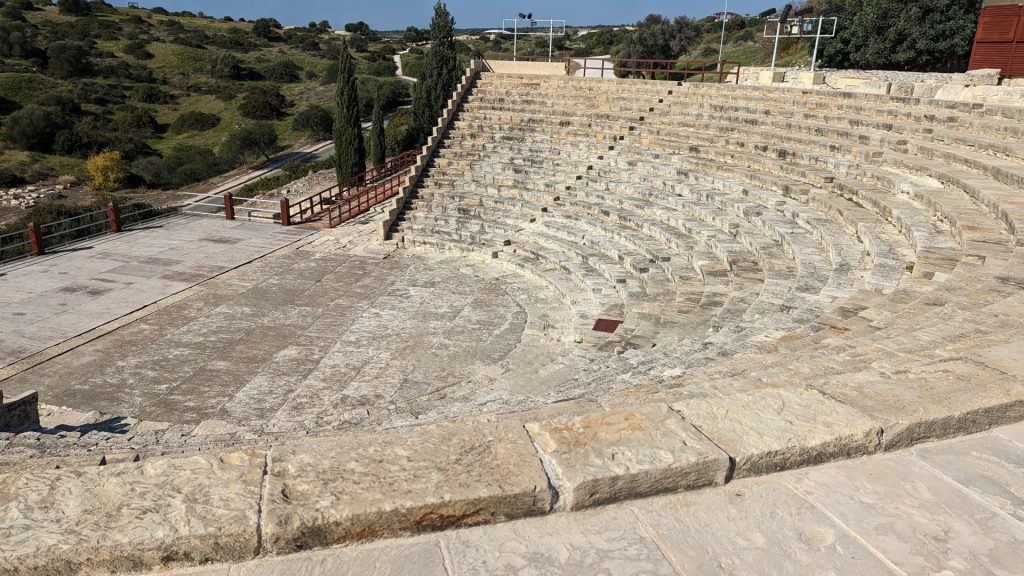
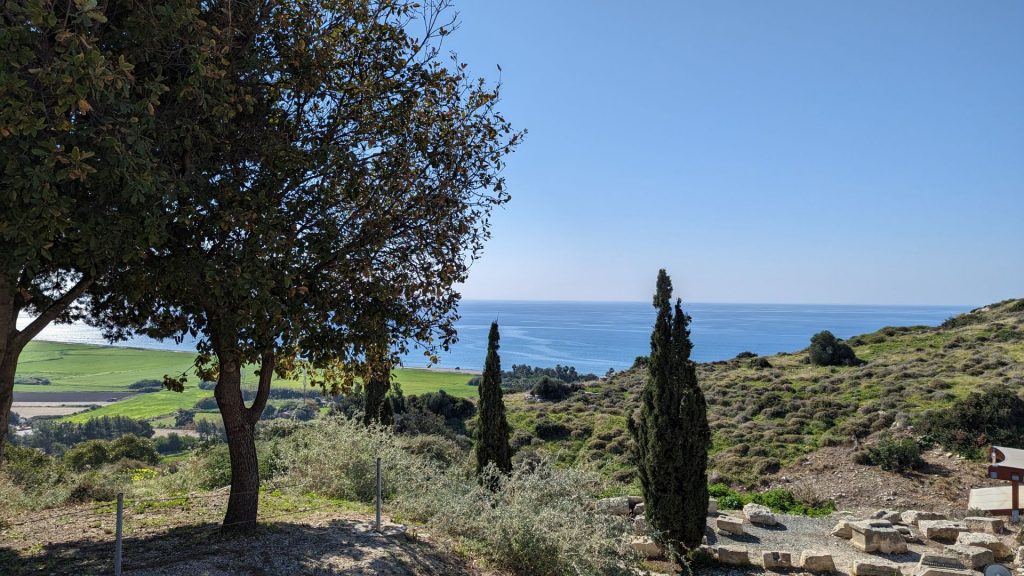
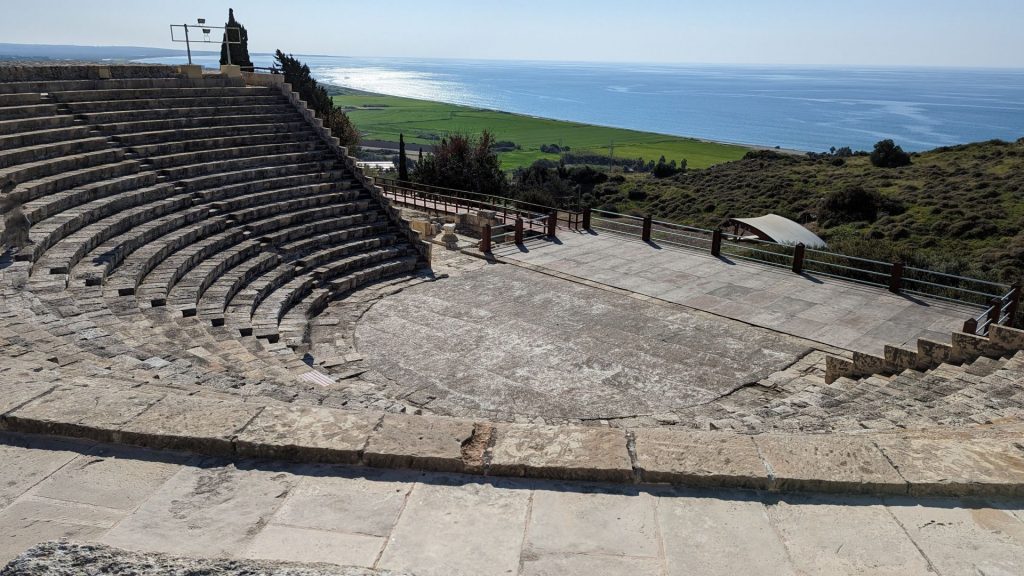
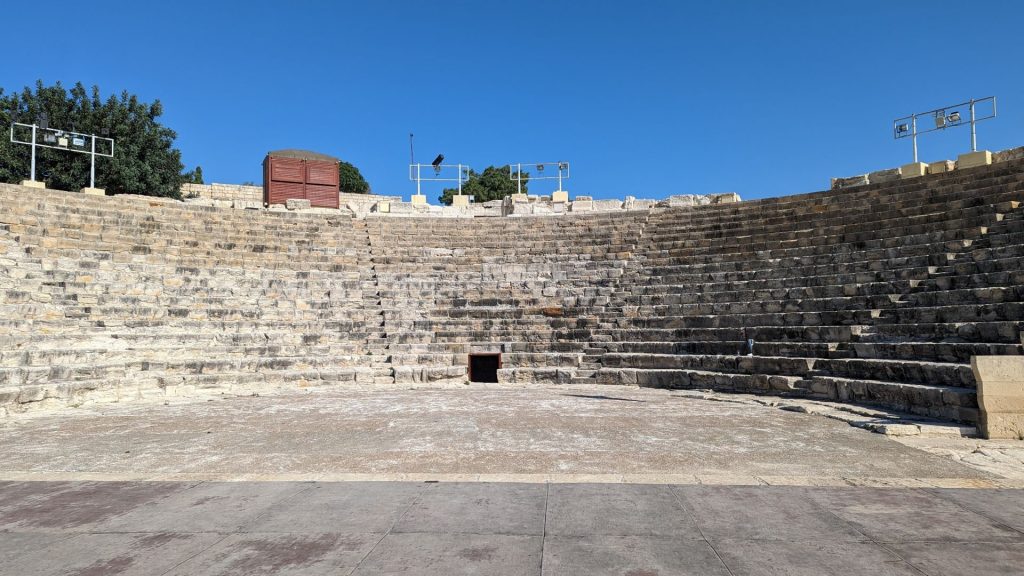
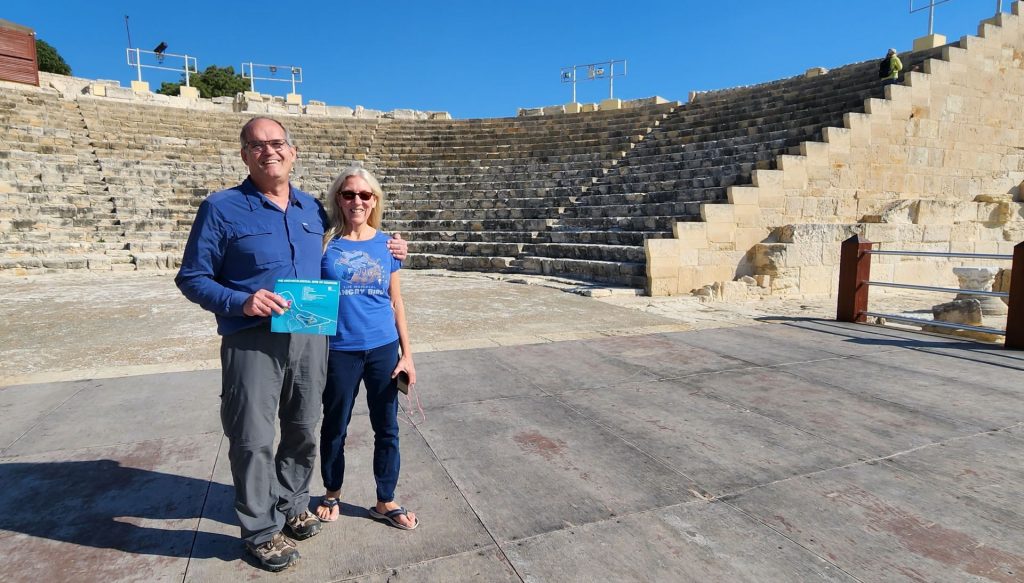
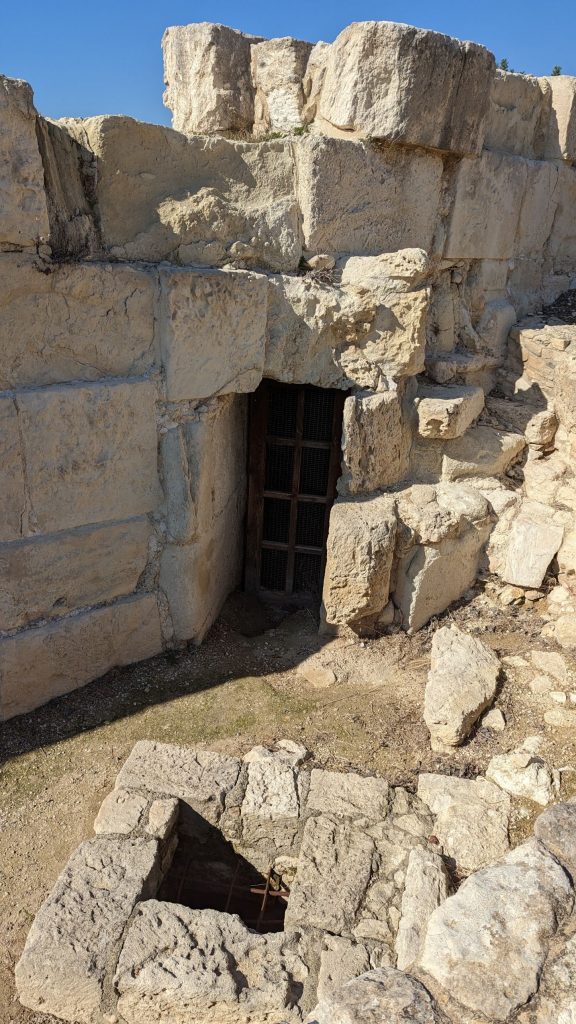
The Early Christian Basilica
West of the theater one finds the site of the acropolis, including the remains of a very large early Christian three-aisled basilica. There is a map of it, but it is so large that it was difficult to tie the map to the actual site. As such, we can’t do a decent job of sharing pictures and their descriptions.
In ancient times, Cyprus was an important center of worship of the goddess Aphrodite, the goddess of love. The dominance of Christianity in Cyprus became final by the 5th century. The building of these Christian basilicas demonstrates the important political and social changes brought by the spread of Christianity. They replaced older, small temples.
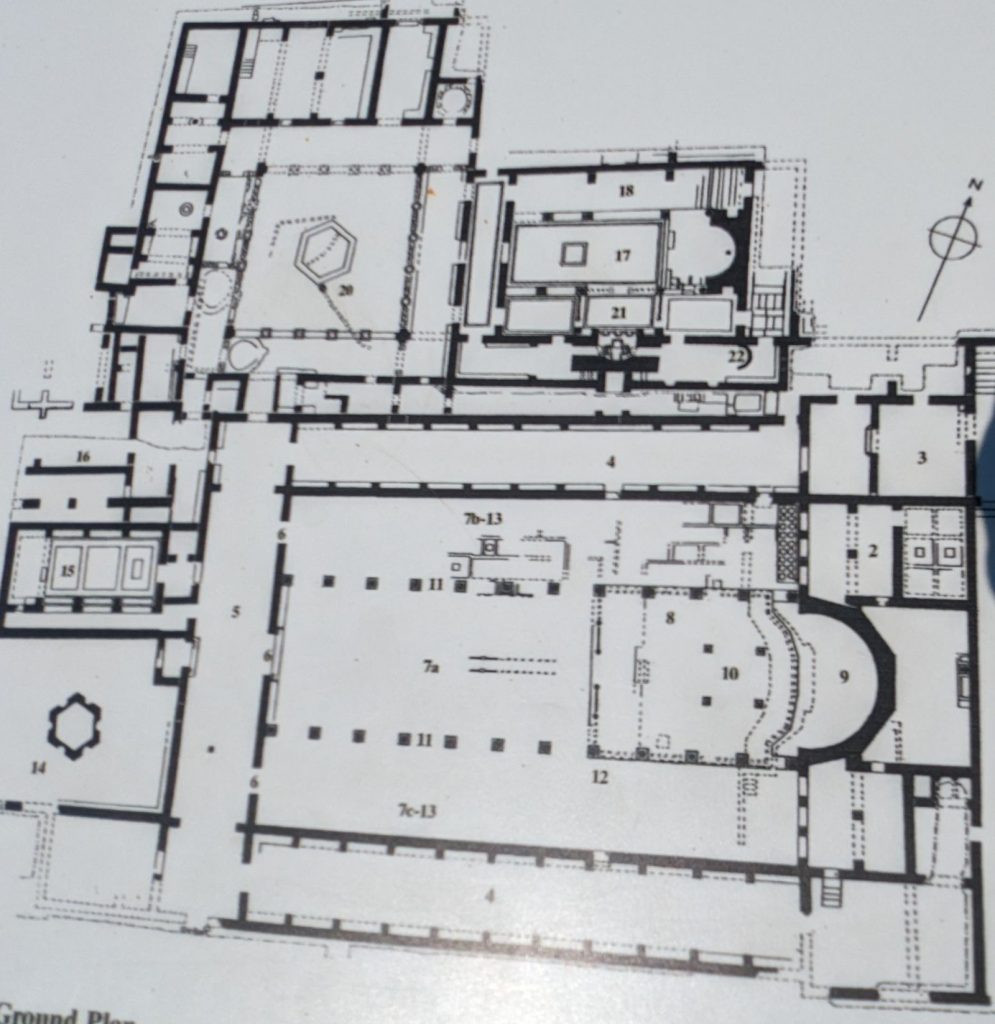
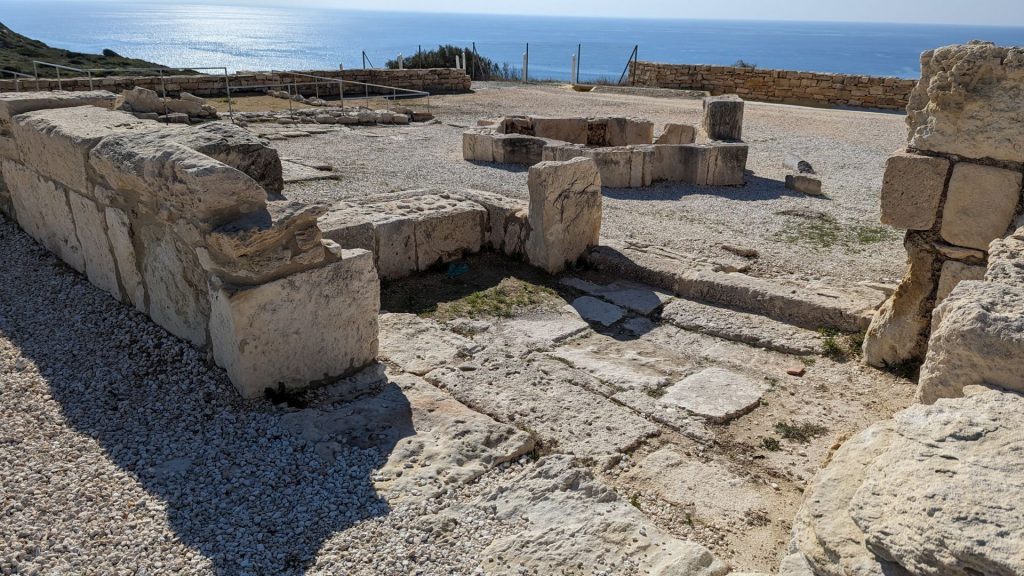
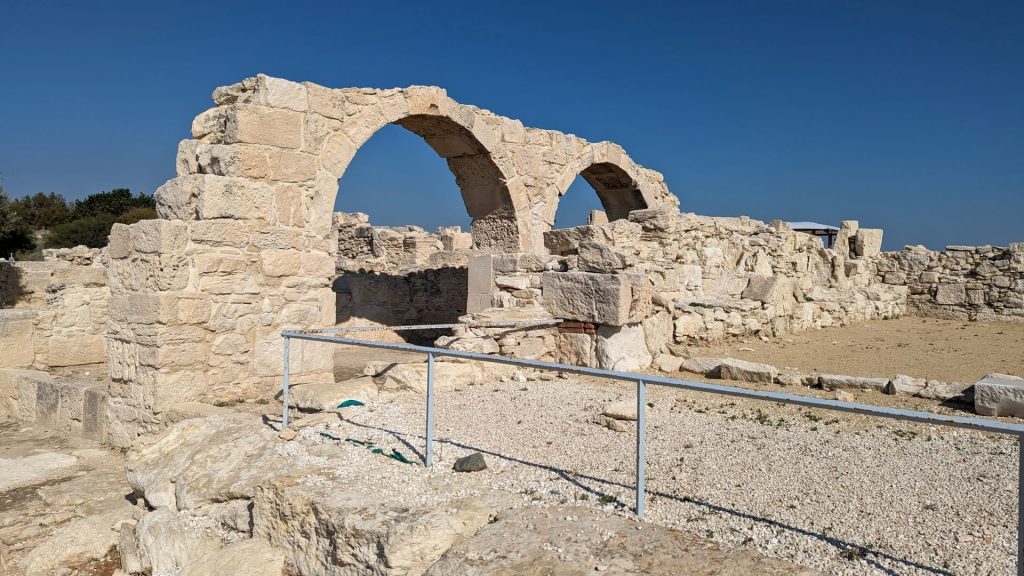
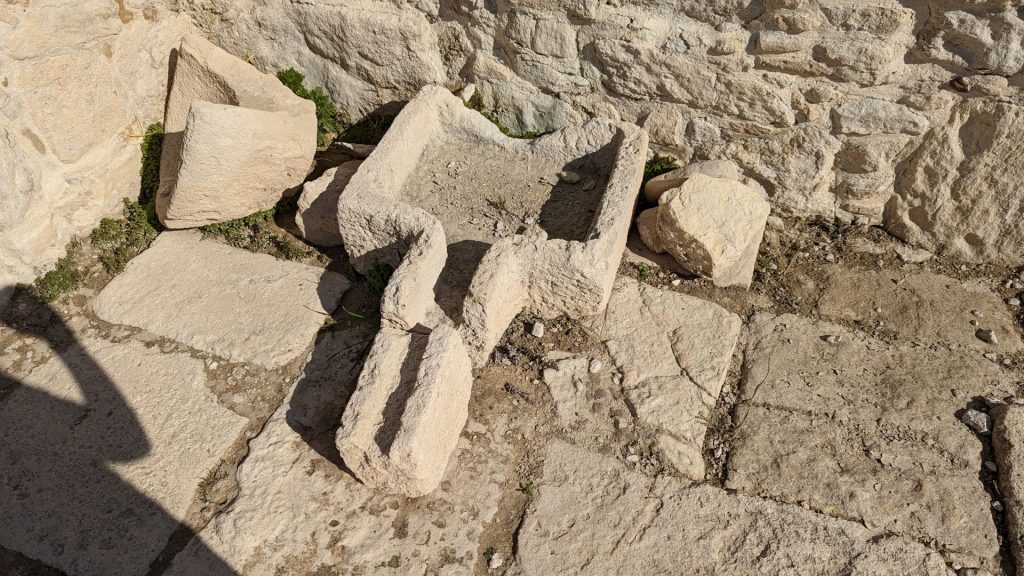
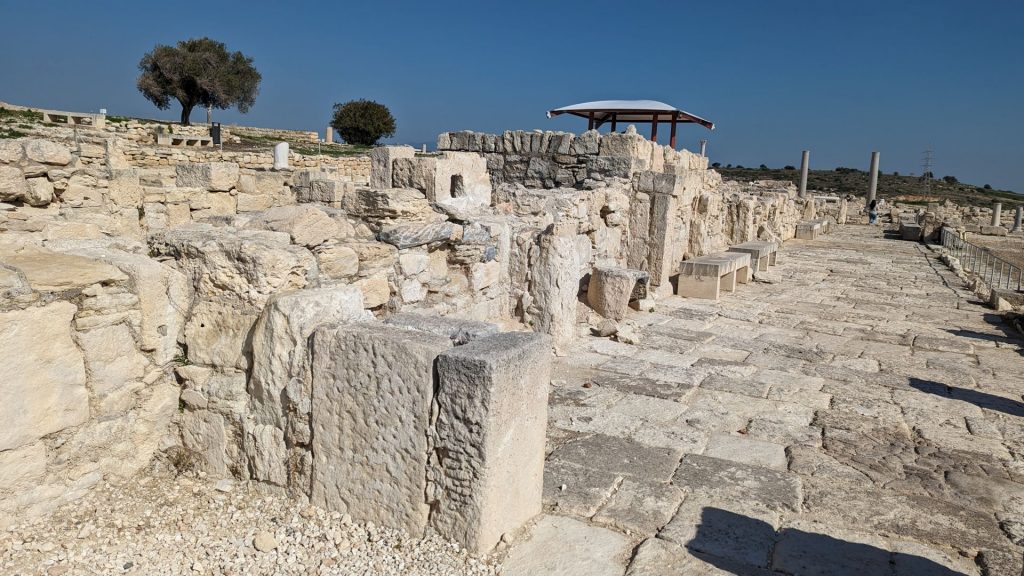
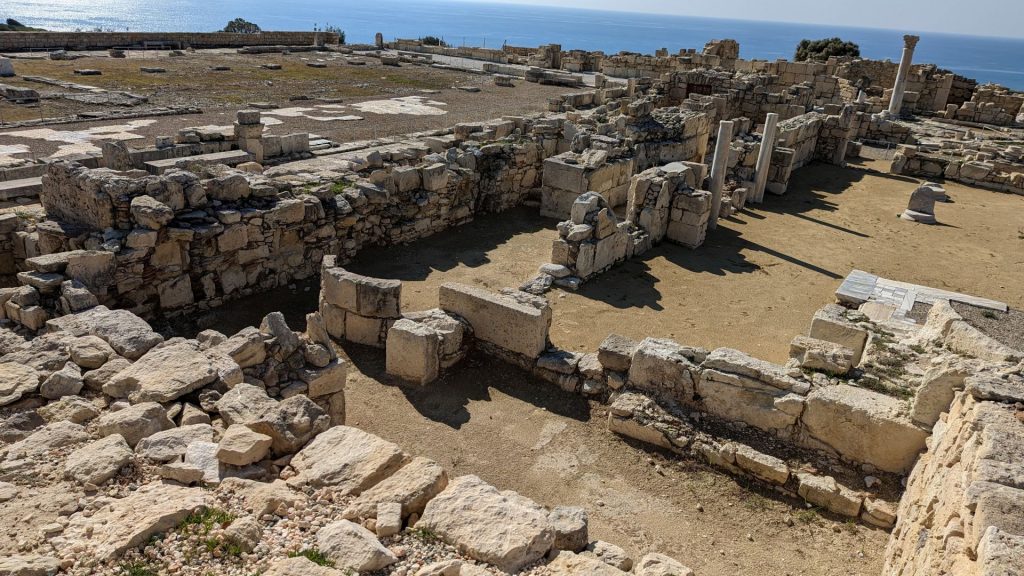
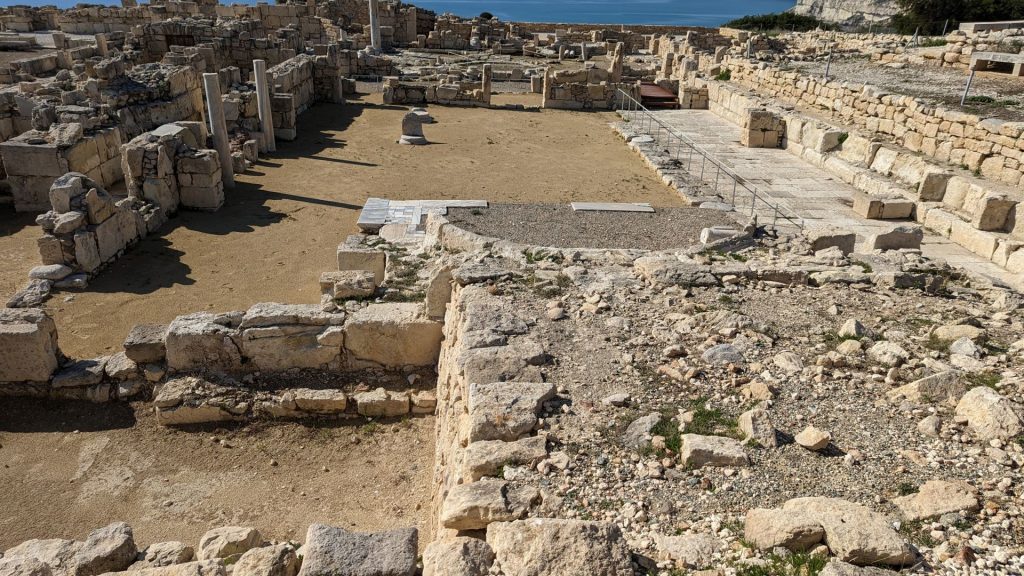
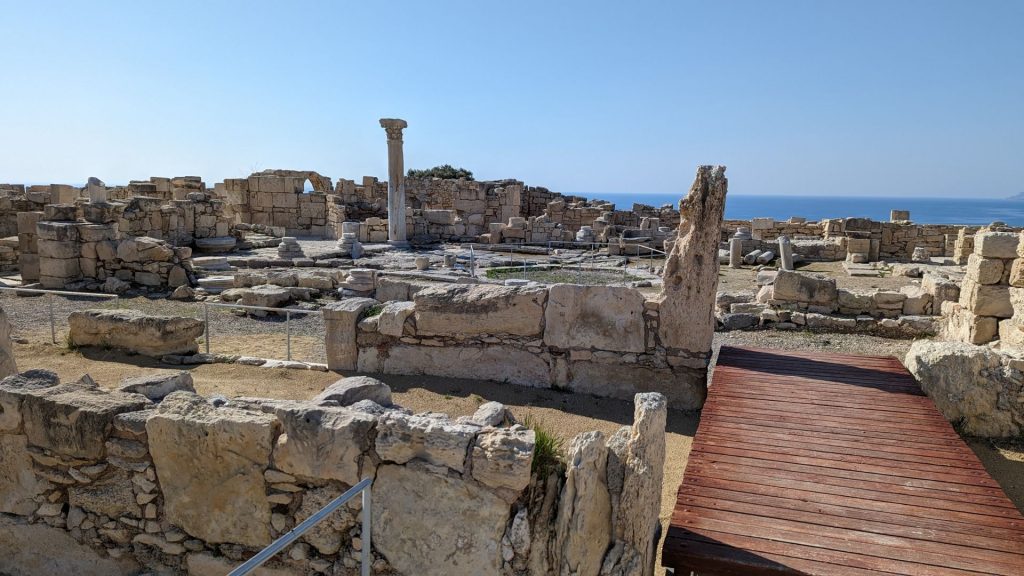
The Roman Forum/Agora
The Roman Agora was the center of public, social and commercial life of the ancient city. This Agora dates from the end of the 2nd century A.D. to 365 A.D., at which time it was largely destroyed by an earthquake (as were many structures). After 365 A.D. this area was occupied by Early Christian private houses and other structures.
This large courtyard, measuring 35 X 70 m, was paved with limestone slabs. Marble colonnades of the four surrounding porticoes led to various shops and public buildings. I like to envision people milling around, chatting in this area and popping into shops to purchase a few goods.
In its northwestern wing, an imposing complex of buildings was incorporated, including bathing establishments and the nymphaeum, dating at least to the 1st century A.D.
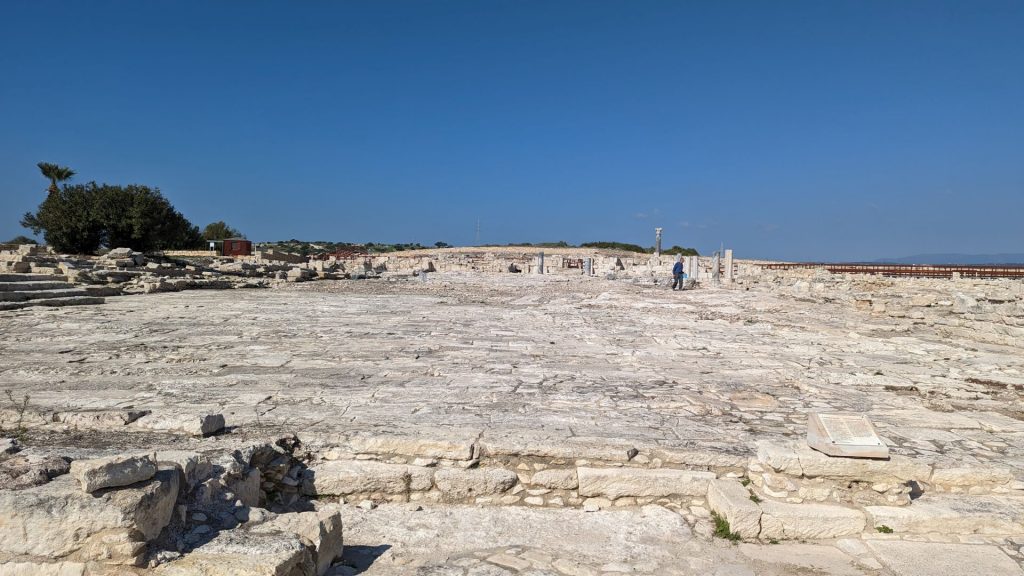
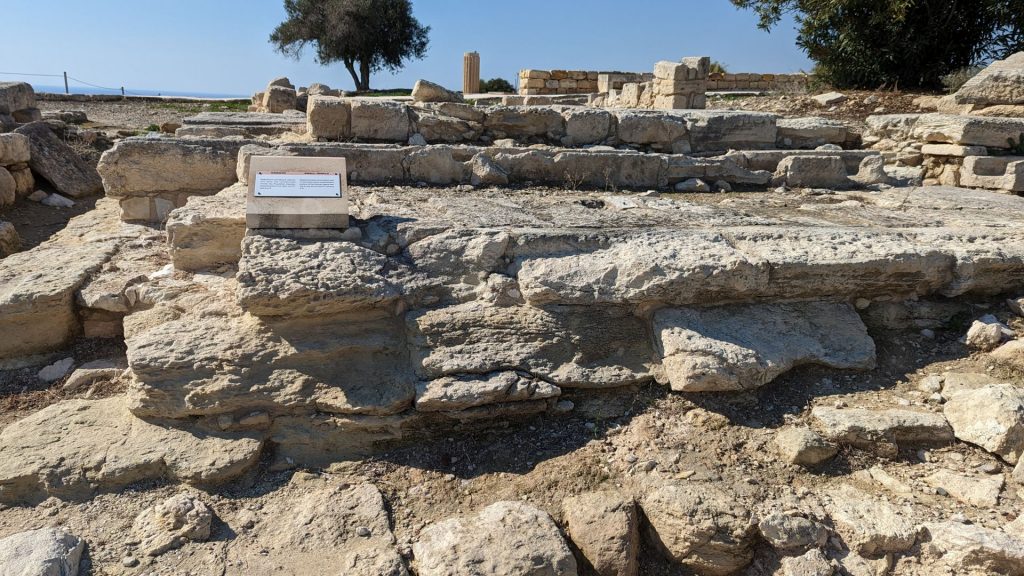
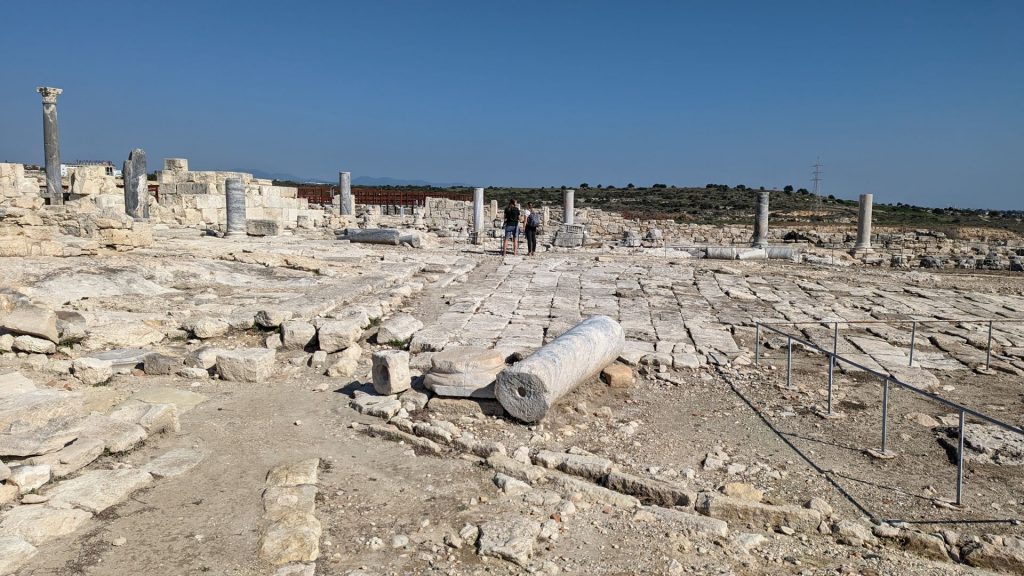
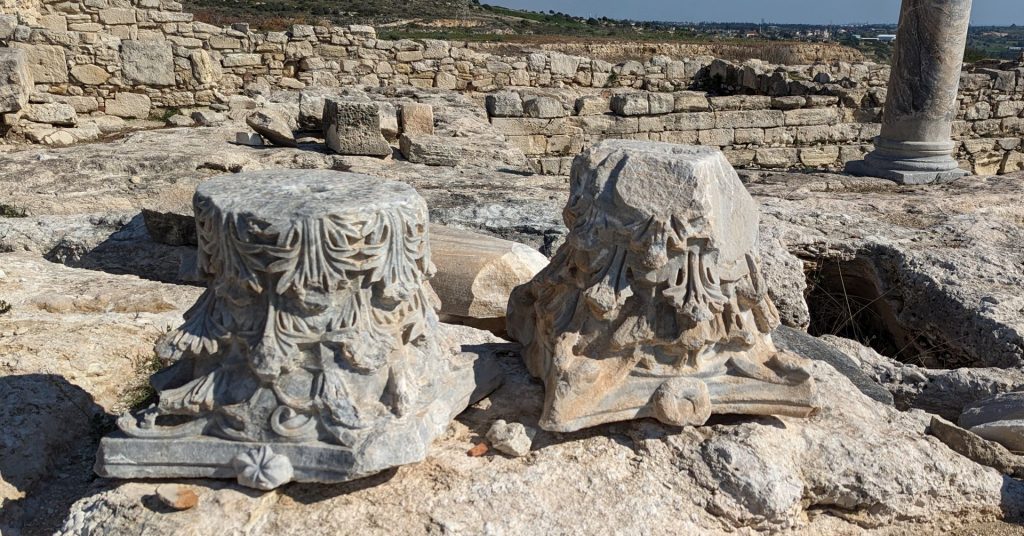
The Nymphaeum
The Nymphaeum is one of the biggest and the most impressive monuments of its kind in the Mediterranean. It was dedicated to the Nymphs, the protectors of springs and waters. It was developed in four successive phases from the early first century AD to the mid seventh century, and was among the largest nymphaea in the Roman Mediterranean in the second and third centuries.
The baths, which surround the nymphaeum at the northwestern end of the forum, were constructed in the early to mid fourth century A.D. following repairs to the nymphaeum. The baths were divided into east and west wings by the nymphaeum.
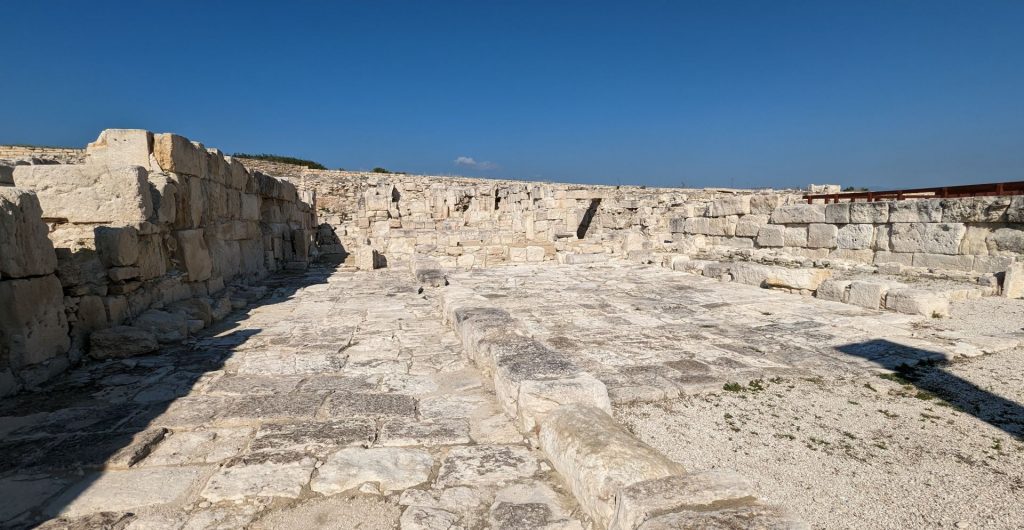
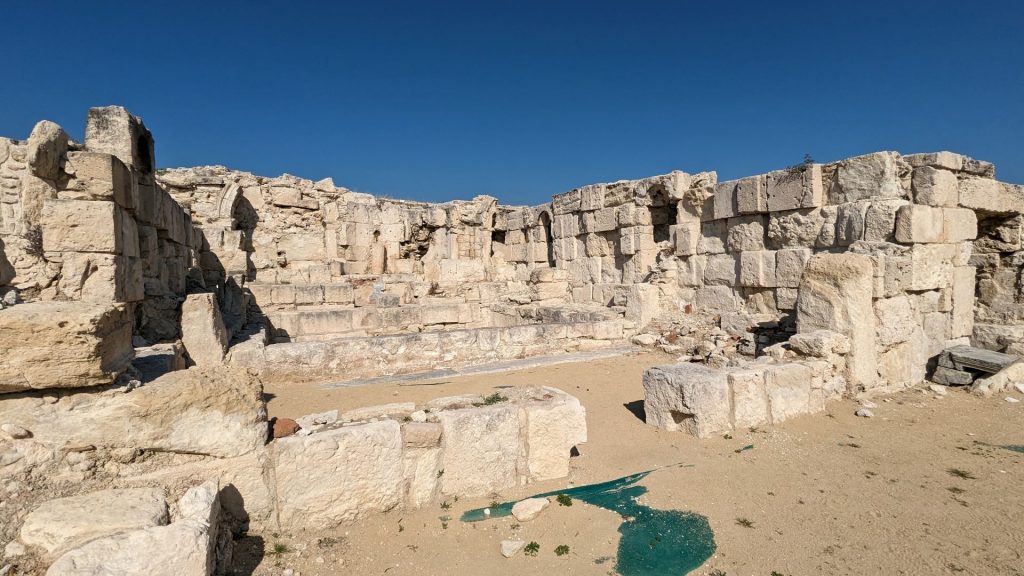
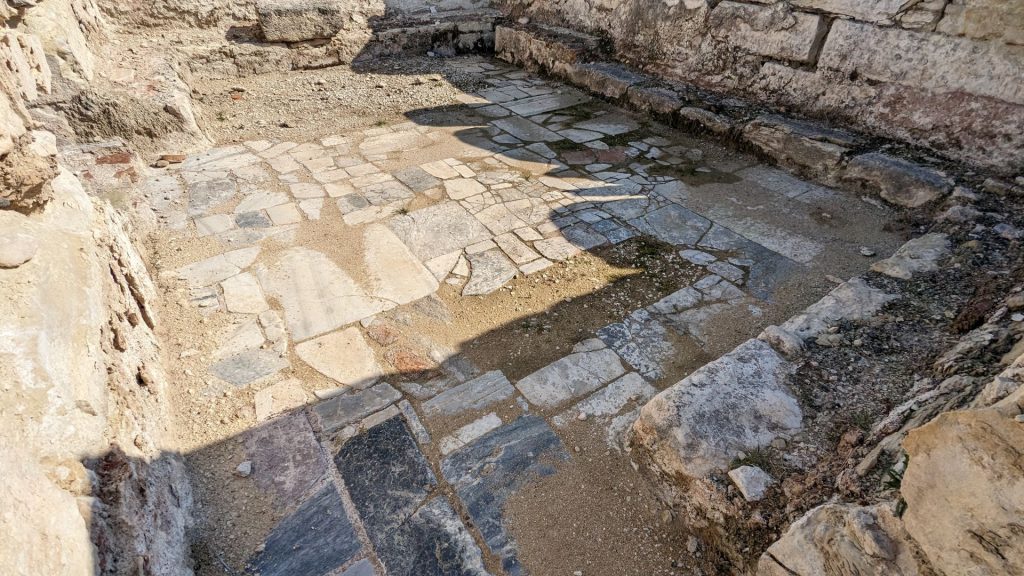
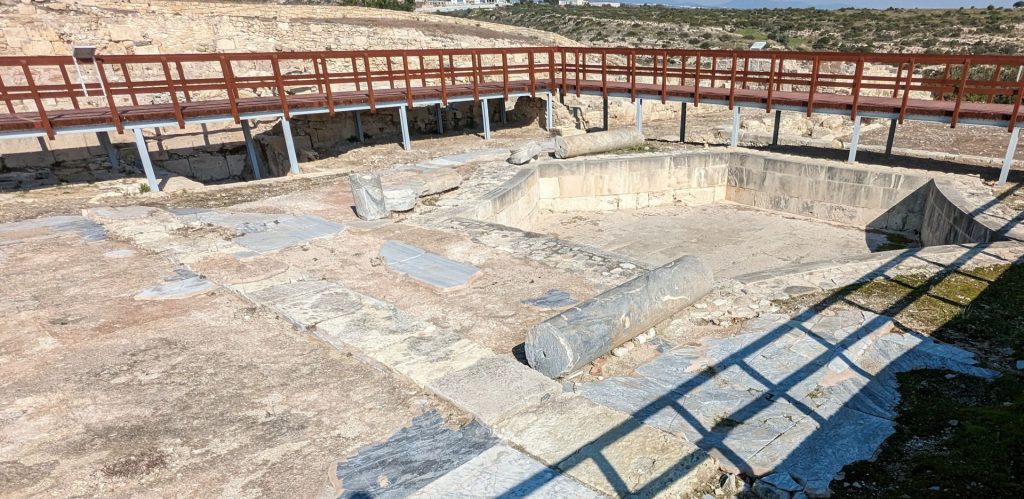
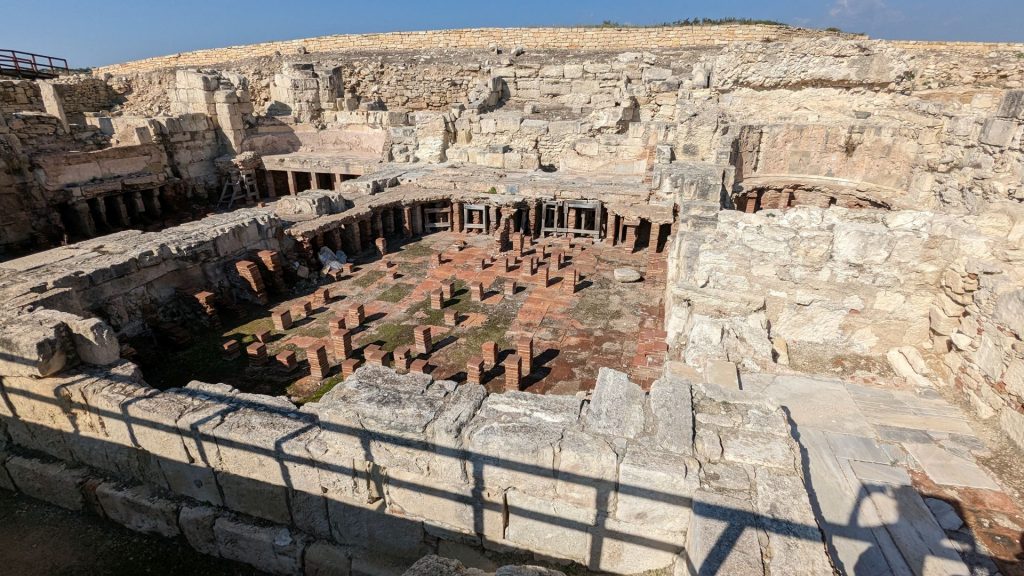
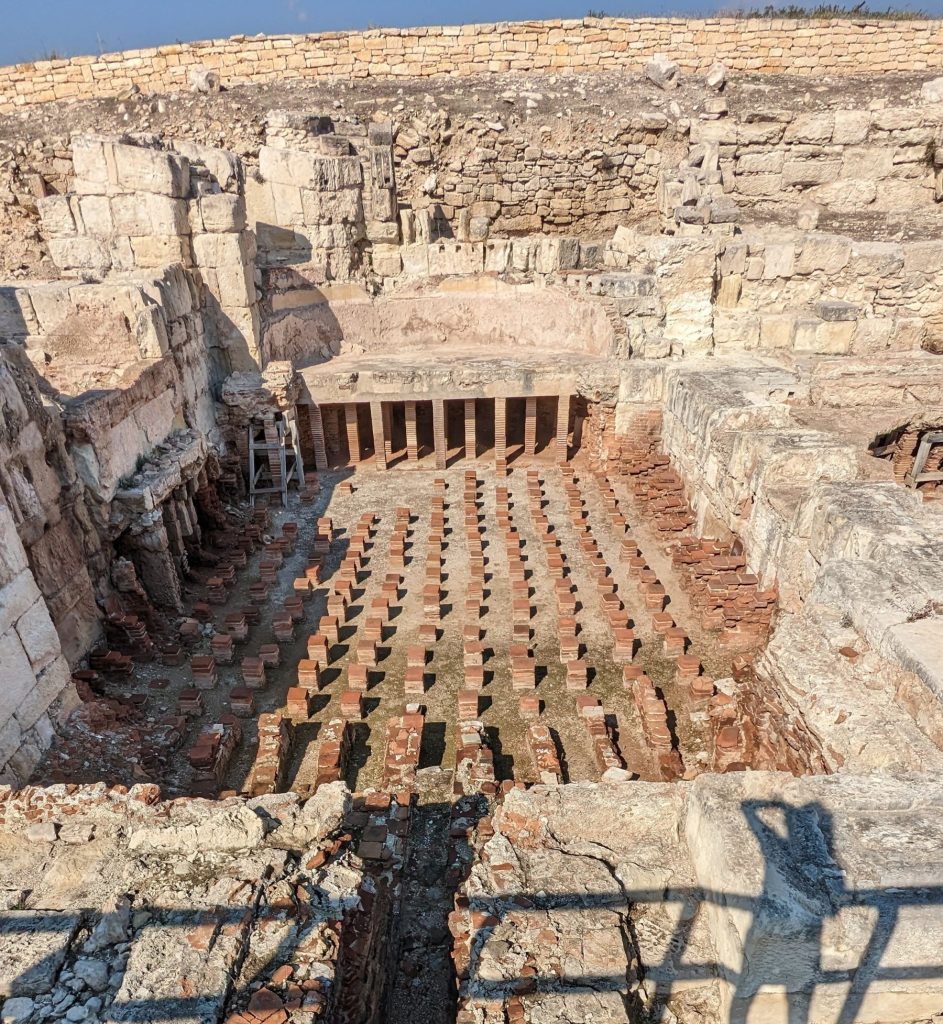
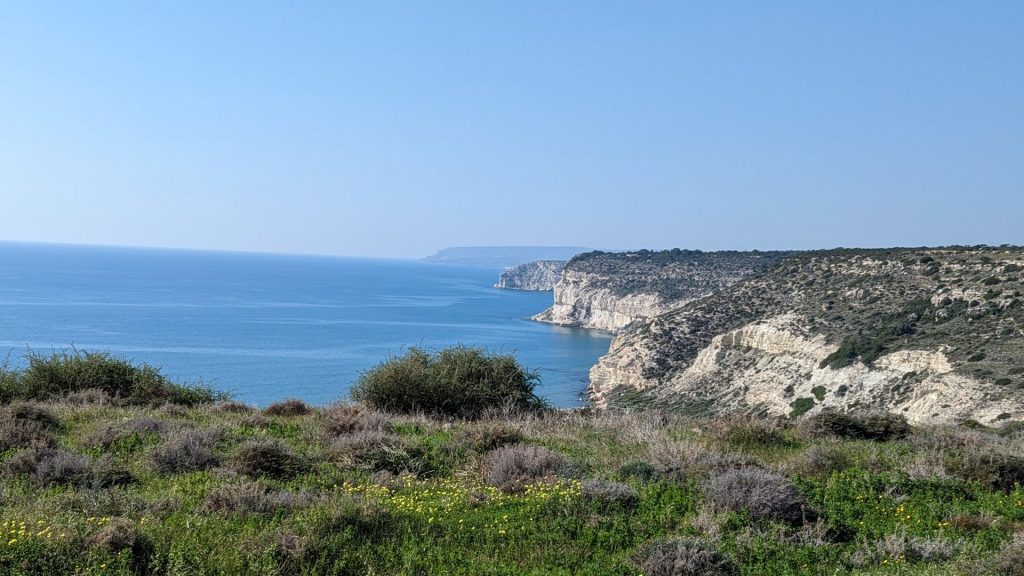
The House of the Gladiators
These dudes had a BIG house! It actually gets its name from the subject matter represented in the mosaic floor. Here is the floor plan:
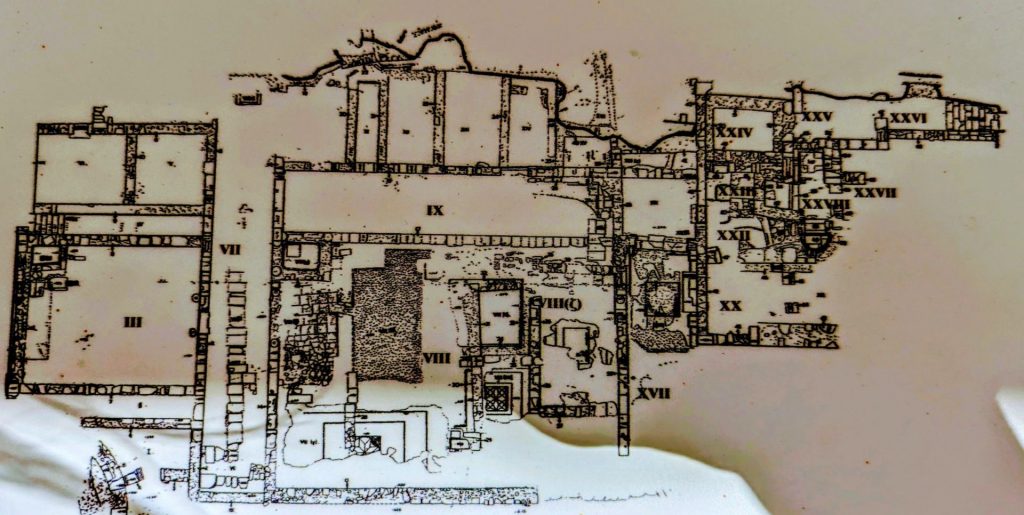
It was constructed in the second half of the 3rd century. It was destroyed in an earthquake in the 4th century A.D.
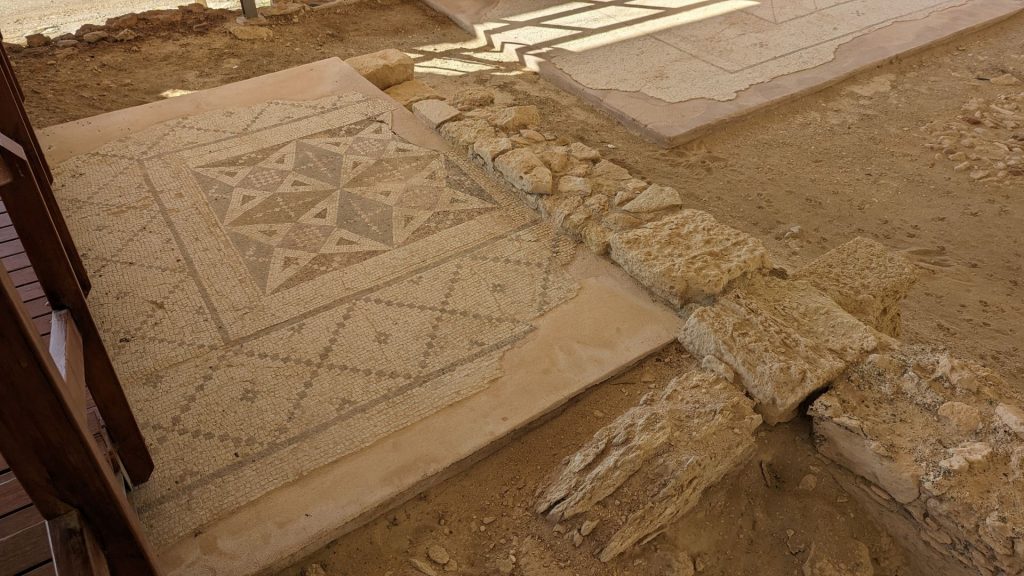
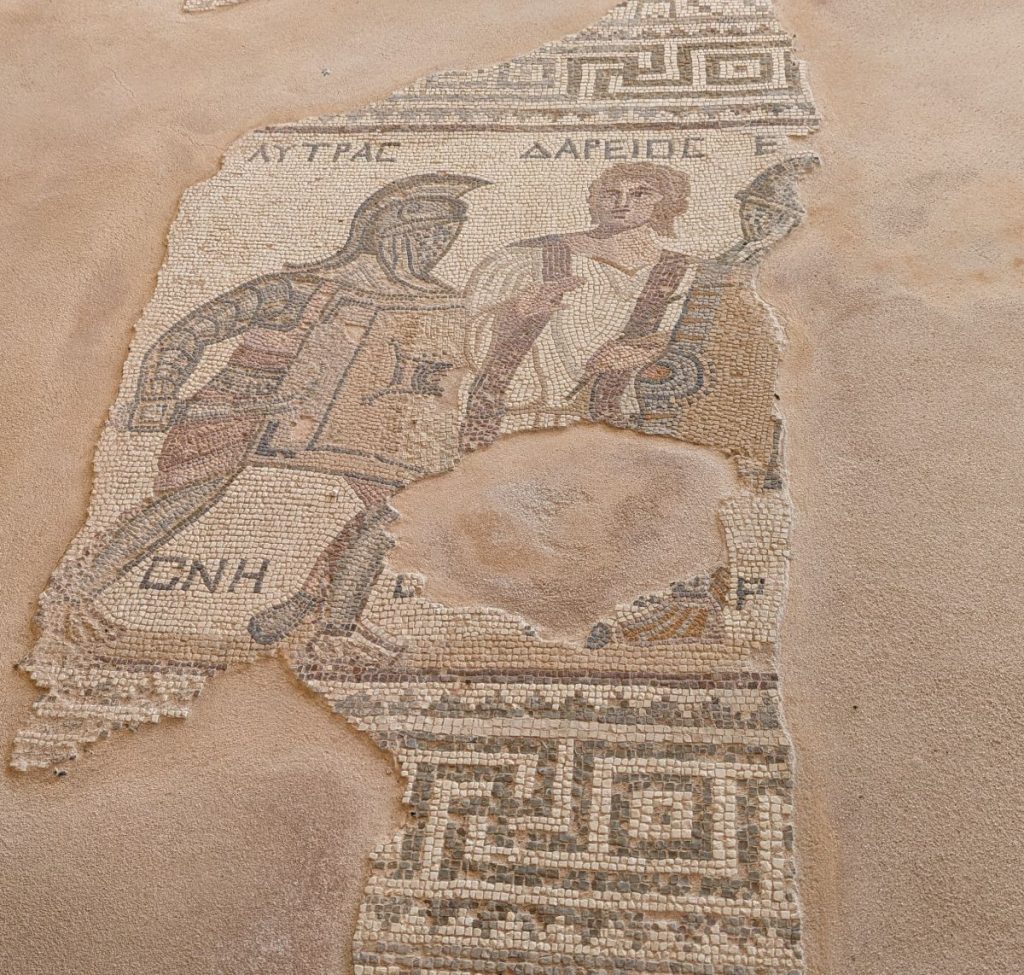
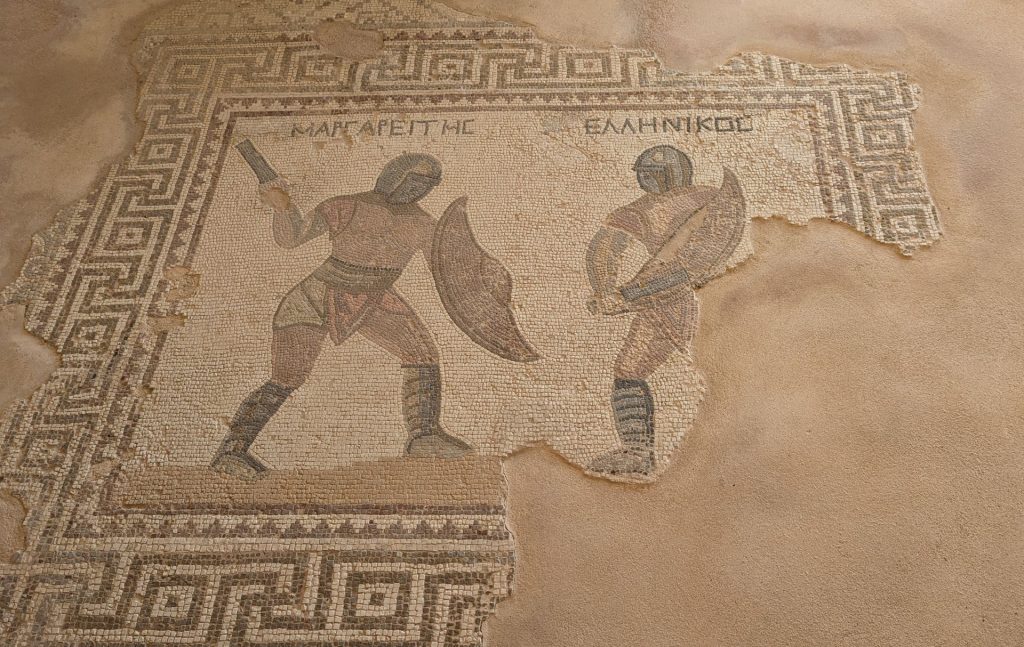
The House of Achilles
The location of The House of Achilles, close by the entrance to the city shows that it was probably a public structure built to receive officials or distinguished visitors. It was built in the early 4th century A.D., at a period of artistic revival as regards the mosaic floors, with theme taken from pagan tradition.
One of the mosaic scenes depicts the legend of Achilles: in order to prevent Achilles from entering the Trojan War, his mother, Thetis, dressed him in women’s clothes and hid him among the daughters of King Lycomedes. However, Odysseus blew his cover by displaying a range of weapons alongside a selection of jewelry and watching Achilles’s reaction.
Another mosaic in the same villa shows how Zeus, disguised as an eagle, kidnapped the young Ganymede.
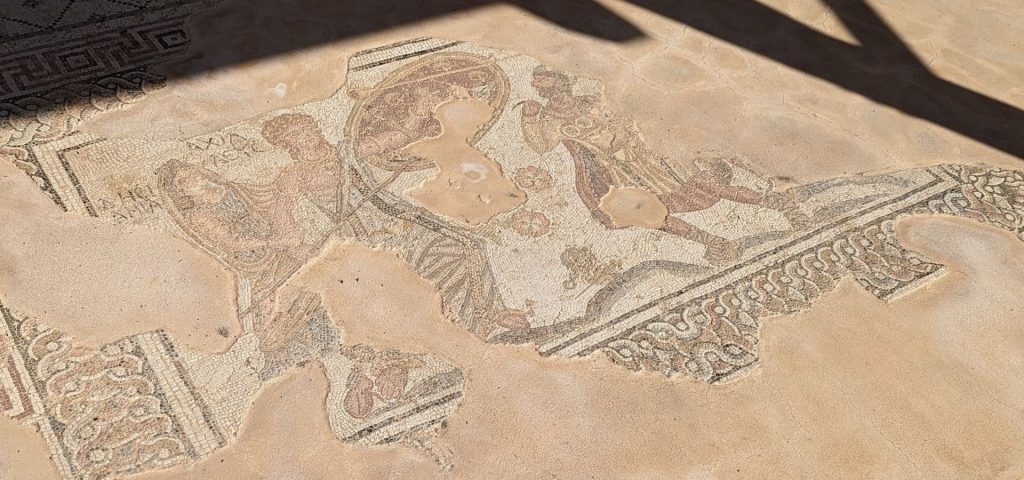
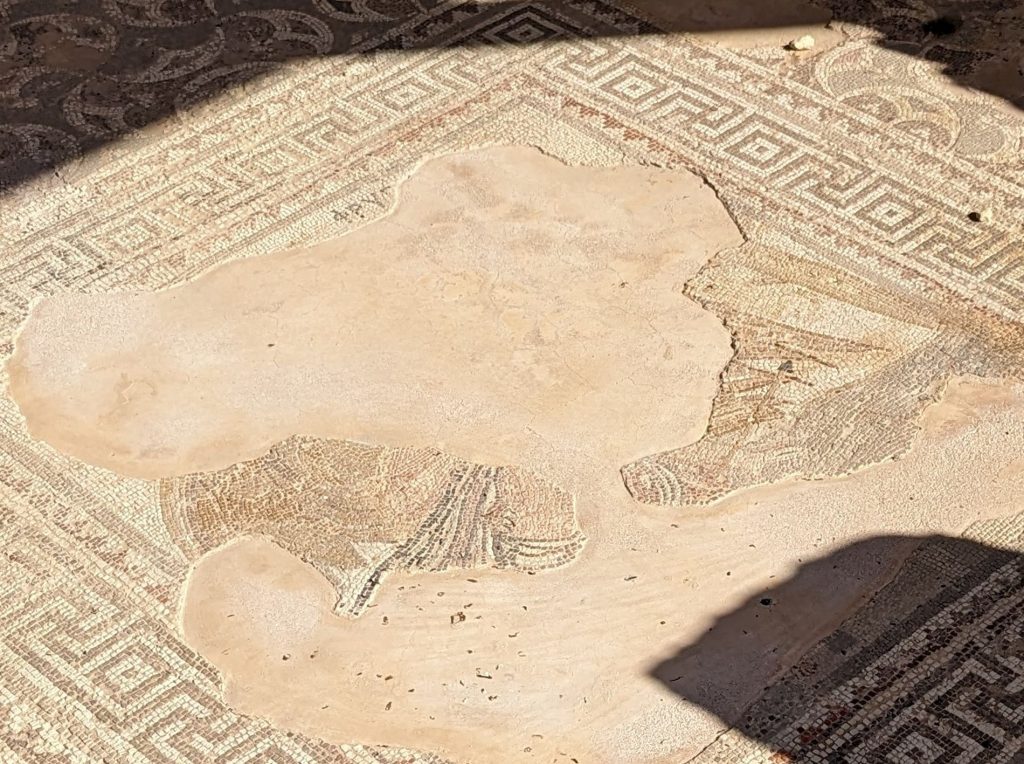
(Where do they get that?)
The Earthquake House
The earthquake house, in its initial phases, was likely constructed in the late first or early second centuries A.D. Throughout its use it was subsequently reused and redesigned with interior spaces being subdivided and the structure expanded to fit the changing needs of its inhabitants.
Its destruction in the earthquake of 365 A.D., and the absence of rebuilding in this area of the city subsequently provides a dramatic view on non-elite life at Kourion. Among the evidence of destruction found in the house were the remains of two sets of human skeletal remains postured in an embrace, the remains of a juvenile who had fallen from the upper floor into the stable area when the floor collapsed, the remains of a young adult woman with an infant being held by an adult male approximately twenty-five years old. The remains of a mule were found in the stable area, its remains still chained to a limestone trough.
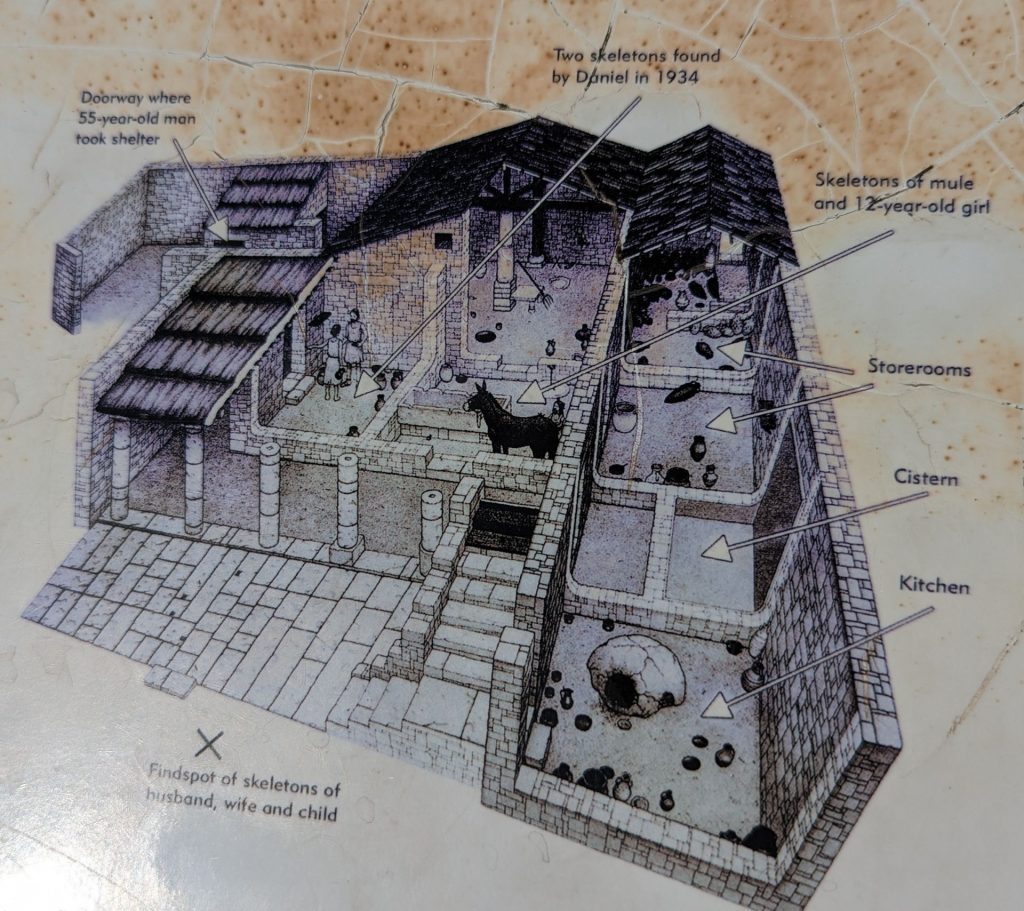
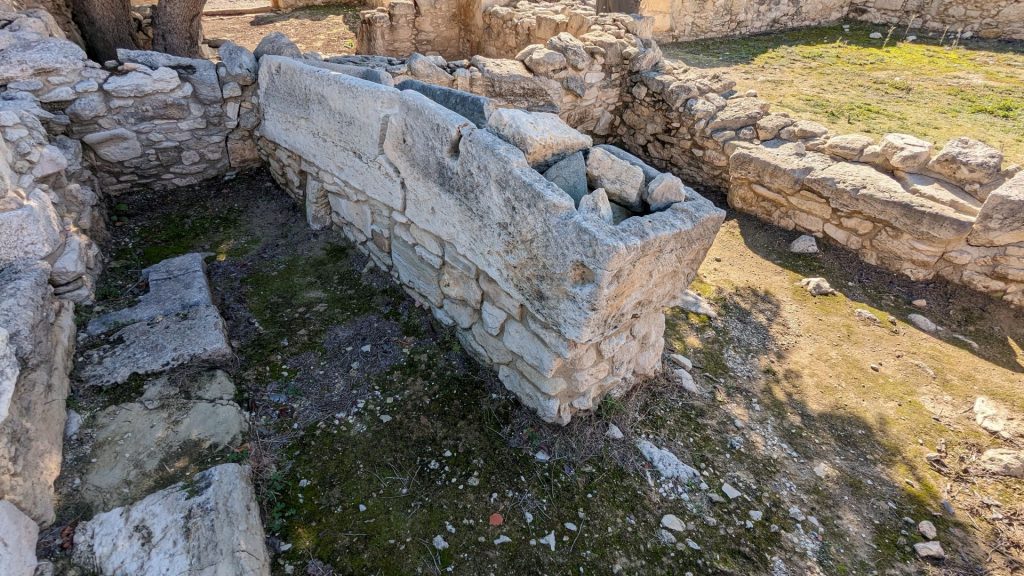
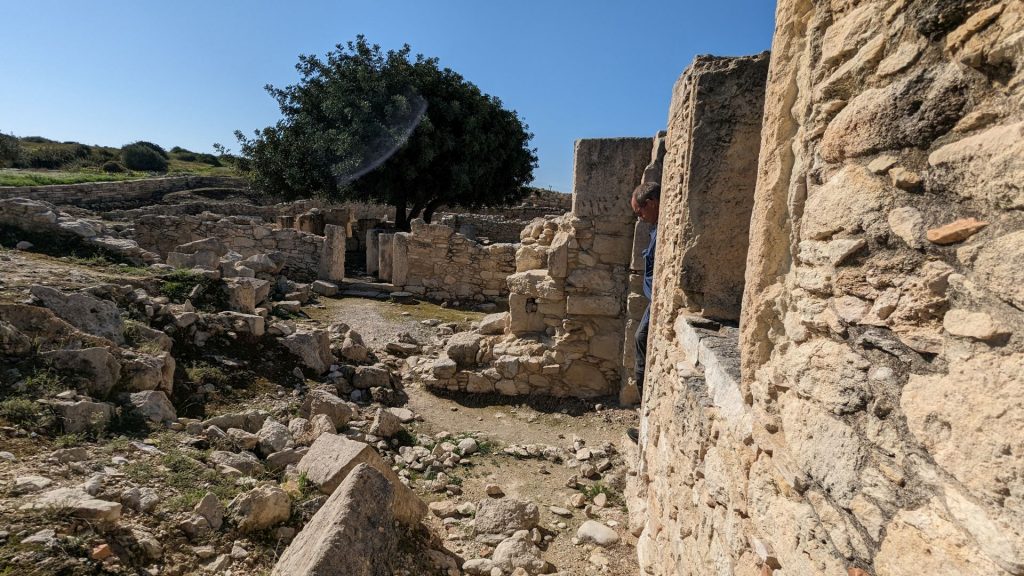
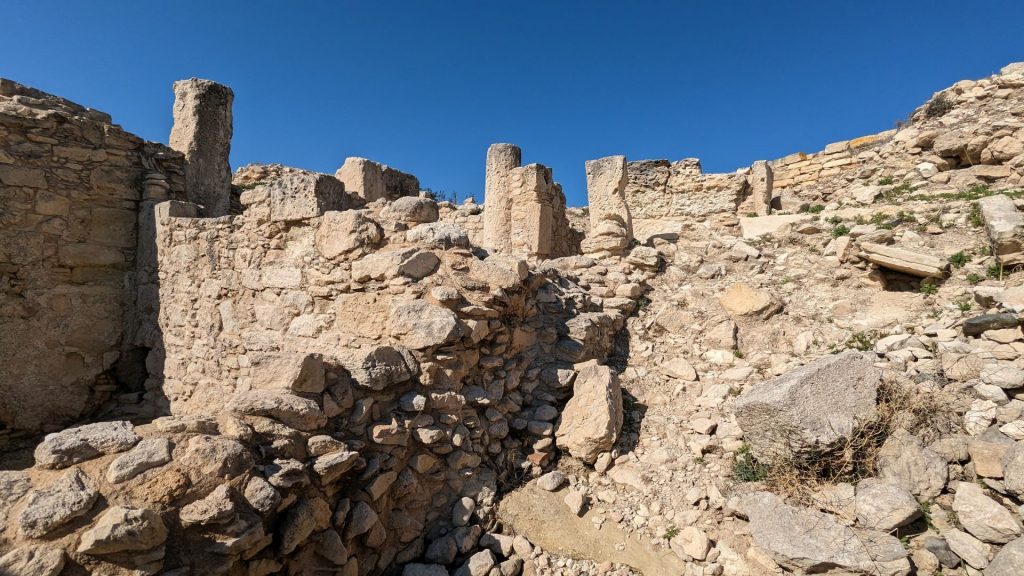
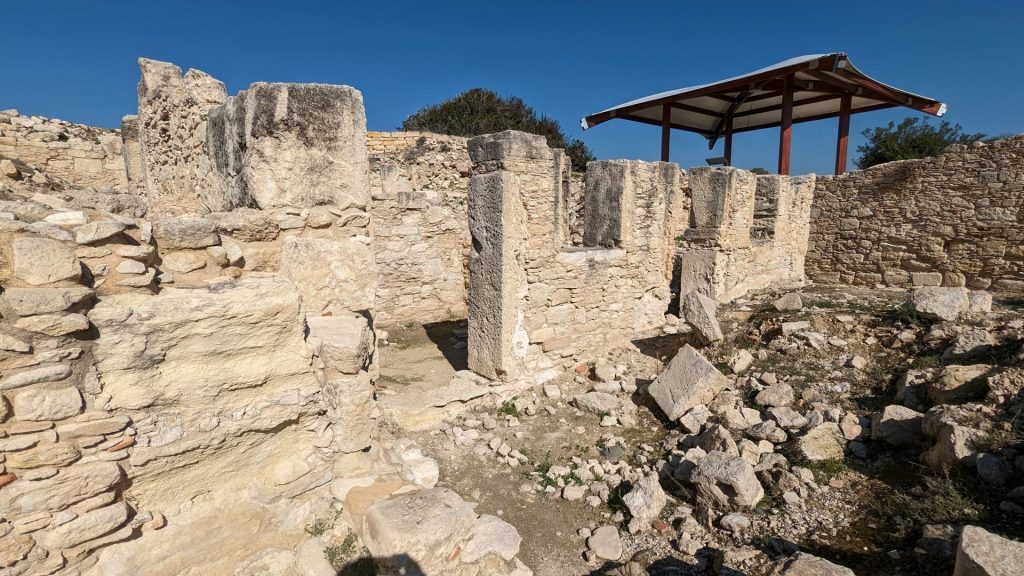
We were quite hungry and thirsty by this point so we drove a few minutes to a restaurant on the beach. The view was lovely. We tested the temperature of the water just for fun. It was a bit chilly but we have gone swimming in colder water in Lake Superior.
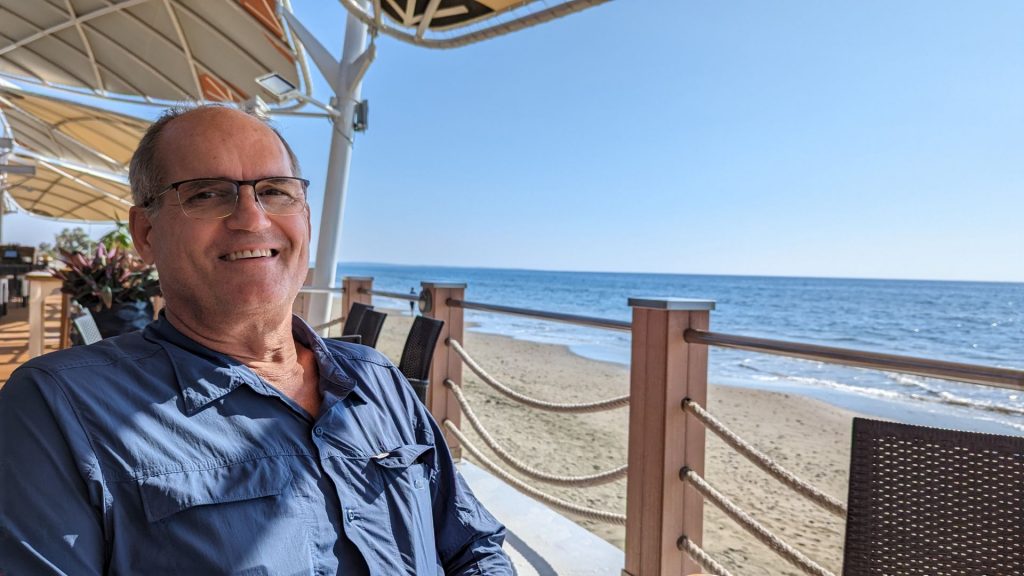
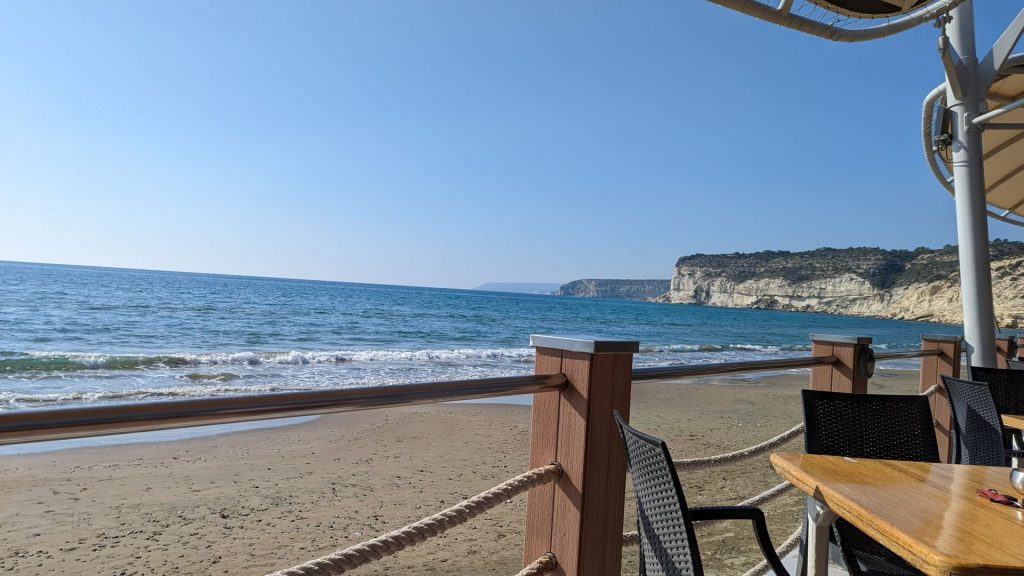
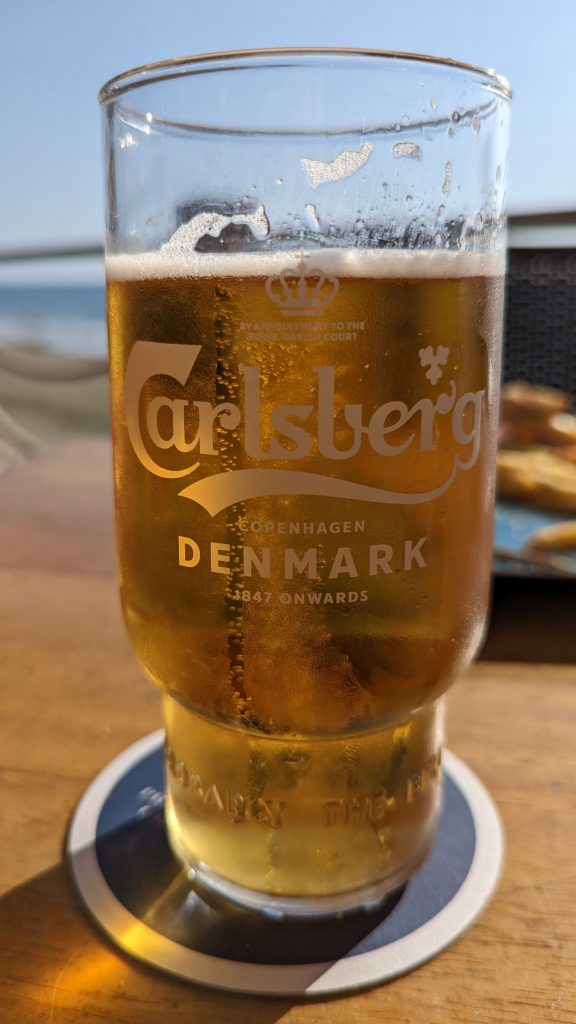
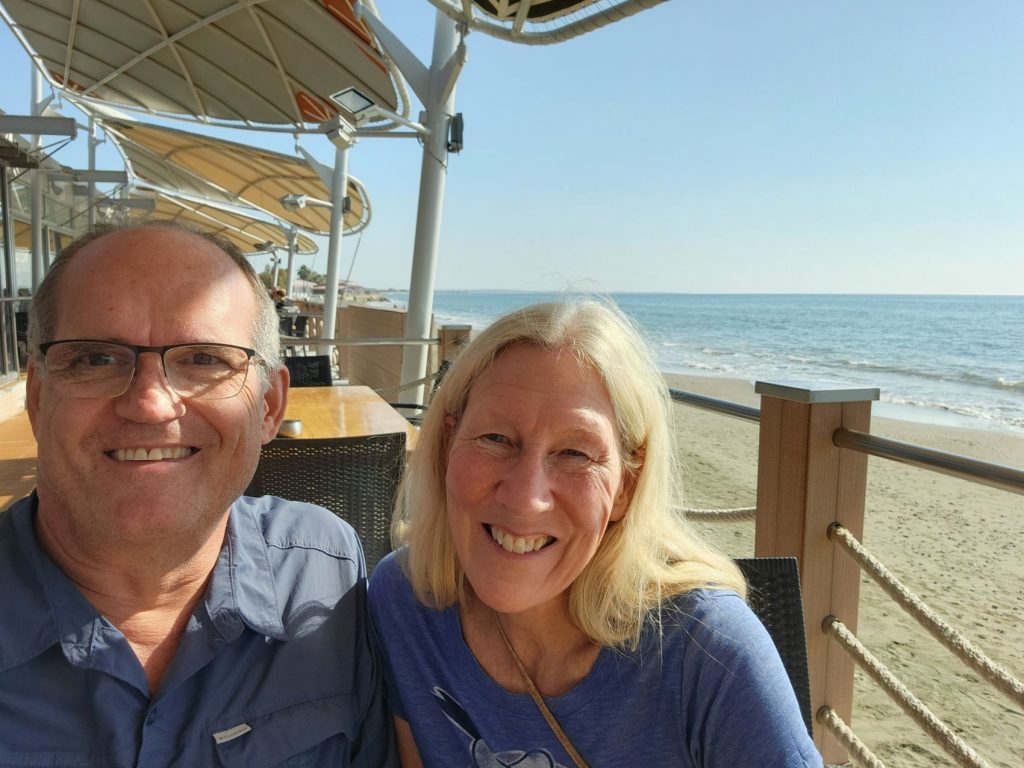
We had enough daylight left to swing by the Temple of Apollo and Aphrodite’s Rock before we arrived at our hotel. (I didn’t want to drive at night.)
The Sanctuary of Apollo Hylates
Apollo Hylates, God of the Woodland, was the protector of Kourion and it is believed that he was worshipped at the site from the 8th century B.C. to the 4th century A.D. His sanctuary was an important religious center and underwent many extensions and alterations in different periods.
The majority of the monuments – as they can be seen today – belong to the site’s 1st century A.D. restorations, and consist of Apollo’s temple (which has been partly restored), pilgrim halls, the ‘palaistra’ (where athletes exercised and played games), a bath complex, and a holy precinct.
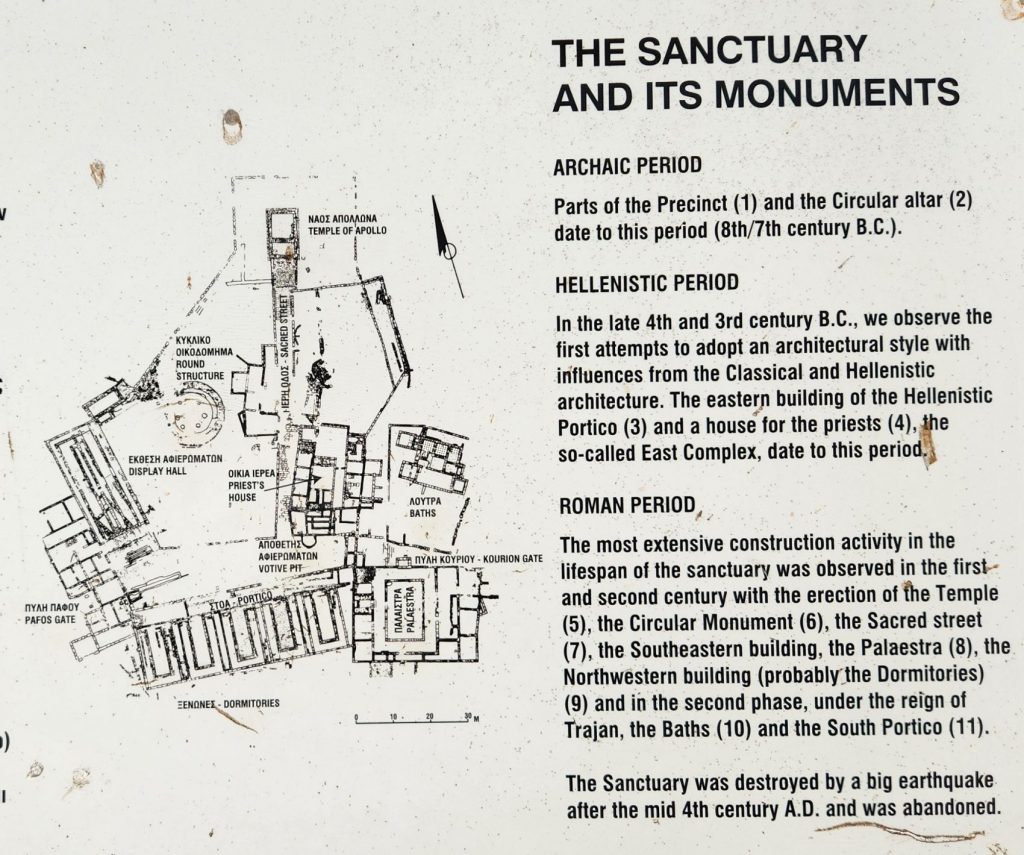
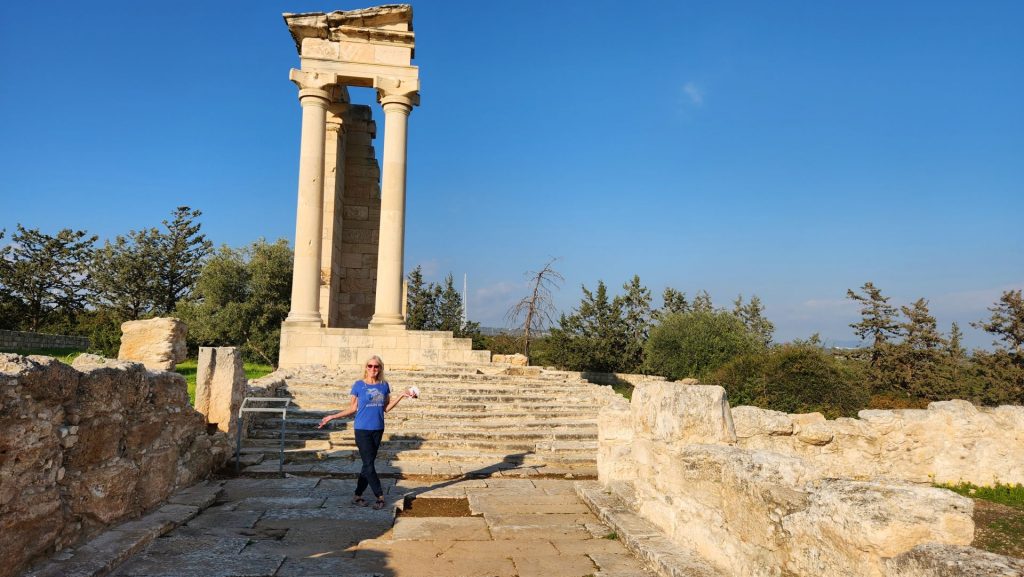
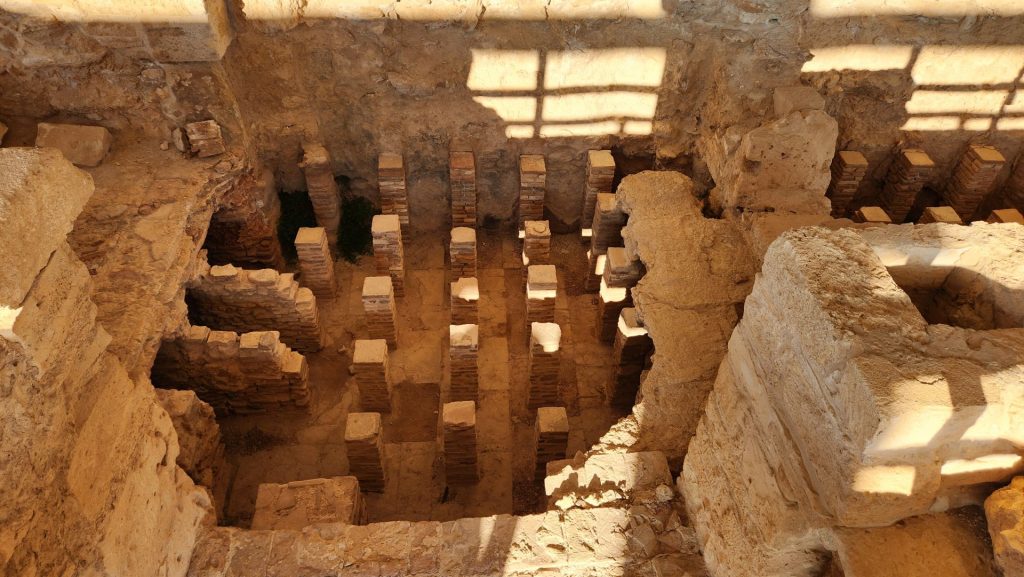
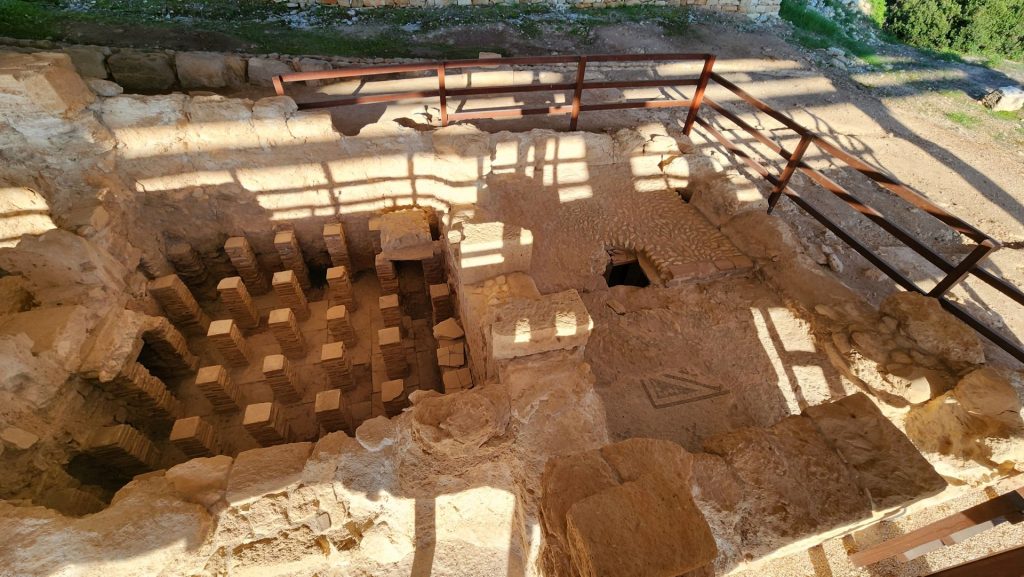
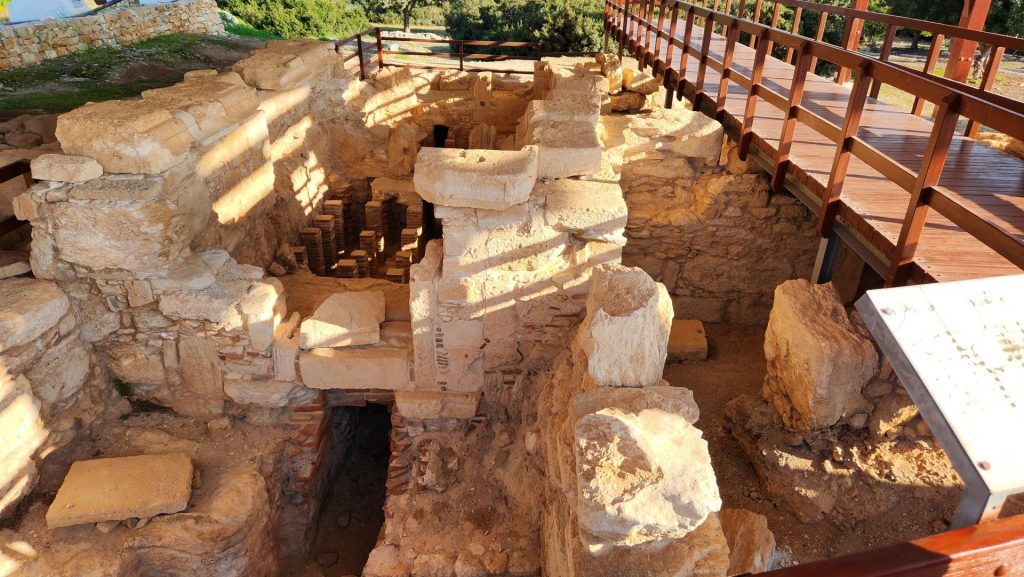
We swung by “Aphrodite’s Rock” (a.k.a. Petra tou Romiou) next. It is located along the shore by the main road from Limassol to Pafos (a.k.a. Paphos), so it was on our way to the hotel.
Why is it called Aphrodite’s Rock? Legend has it that the Ancient Greek Goddess of Love and Beauty was born of the sea foam here. She rose from the waves and was escorted on a shell to this particular beach. In short, it is considered the birthplace of Aphrodite.
But a more recent legend tells that the Byzantine hero Digenis Akritas heaved the giant rock formations to this location to keep the Saracens Arabs (7th-10th centuries) at bay. The name of Petra tou Romiou (‘rock of the Greek’ in Greek) comes from the hero.
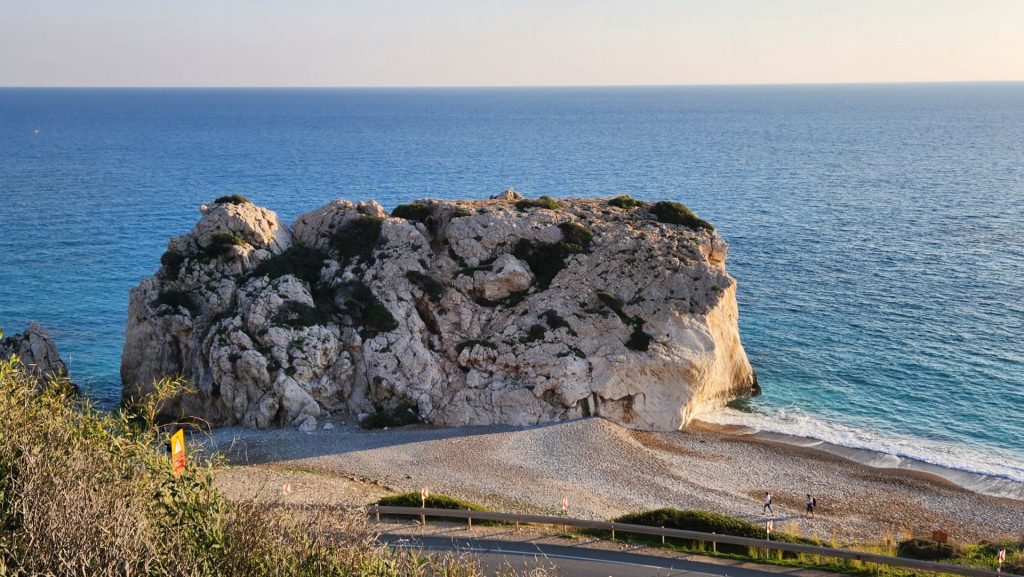
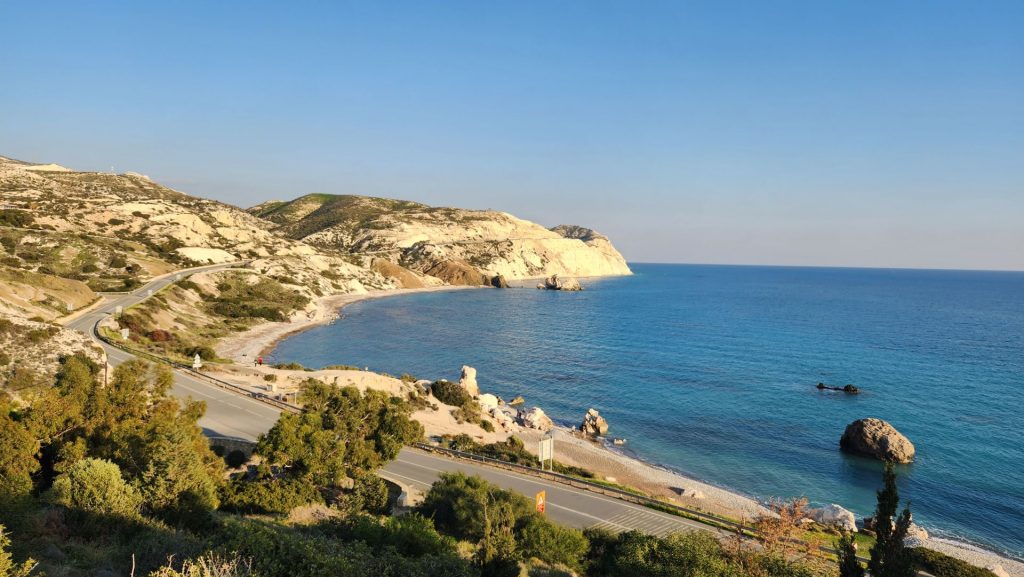
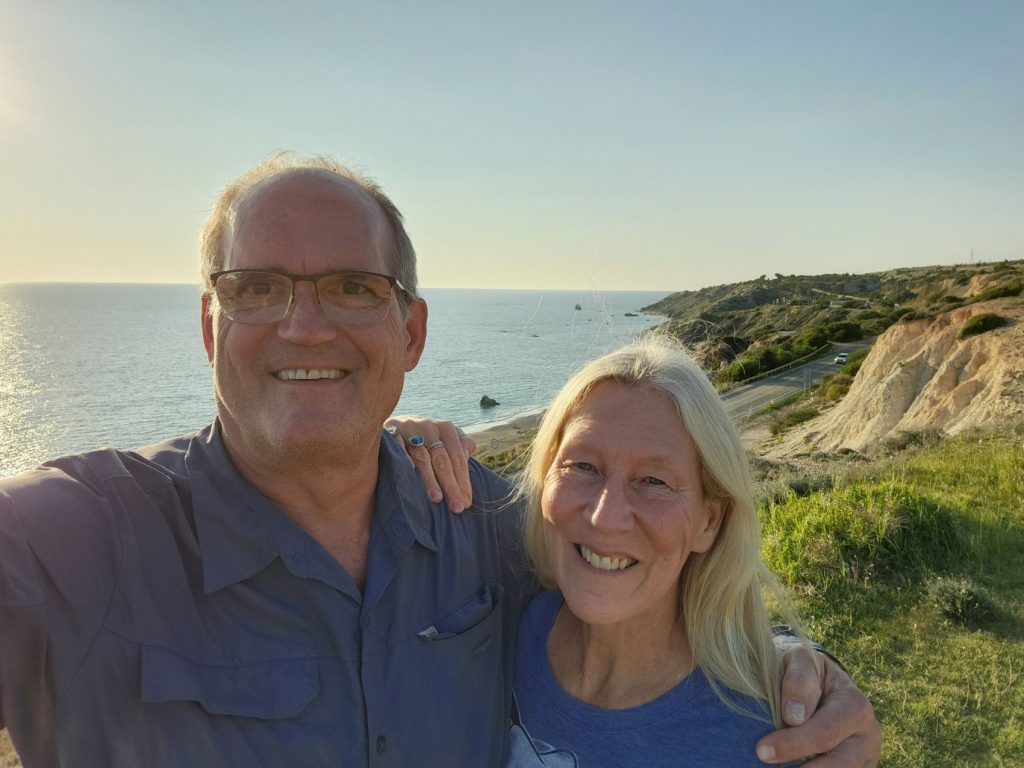
We arrived at the hotel shortly before sunset. It was a beautiful sunset!
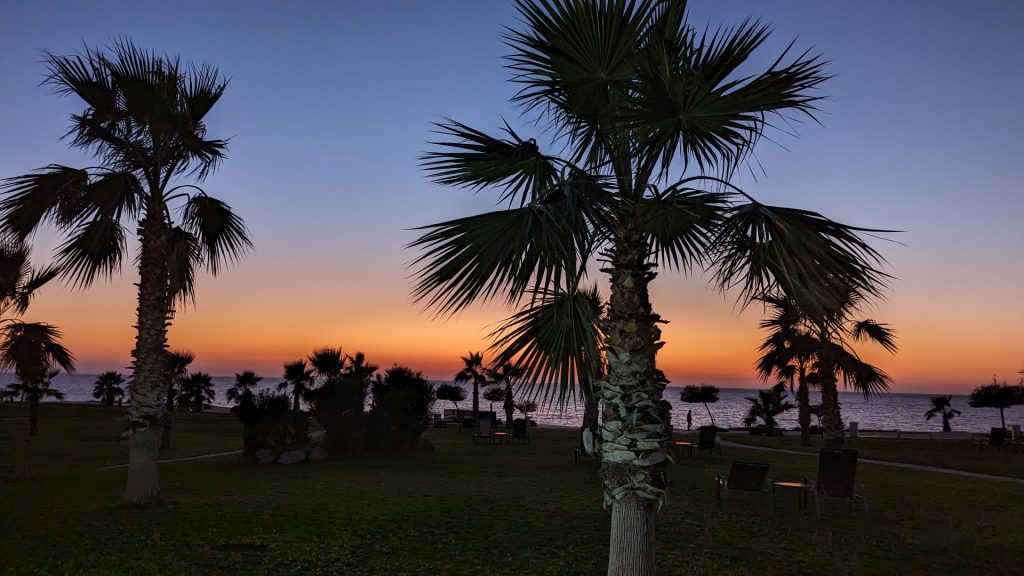
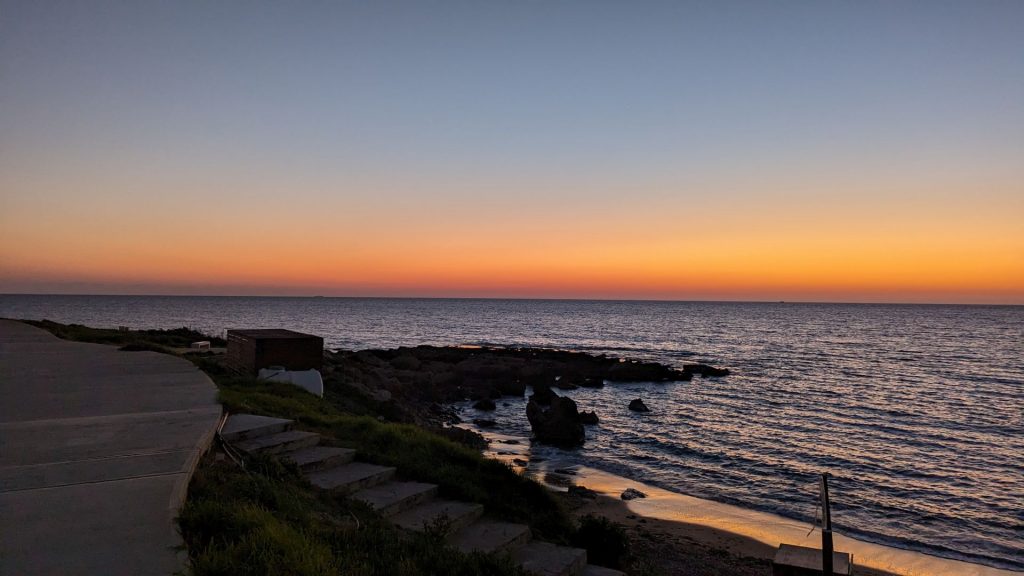
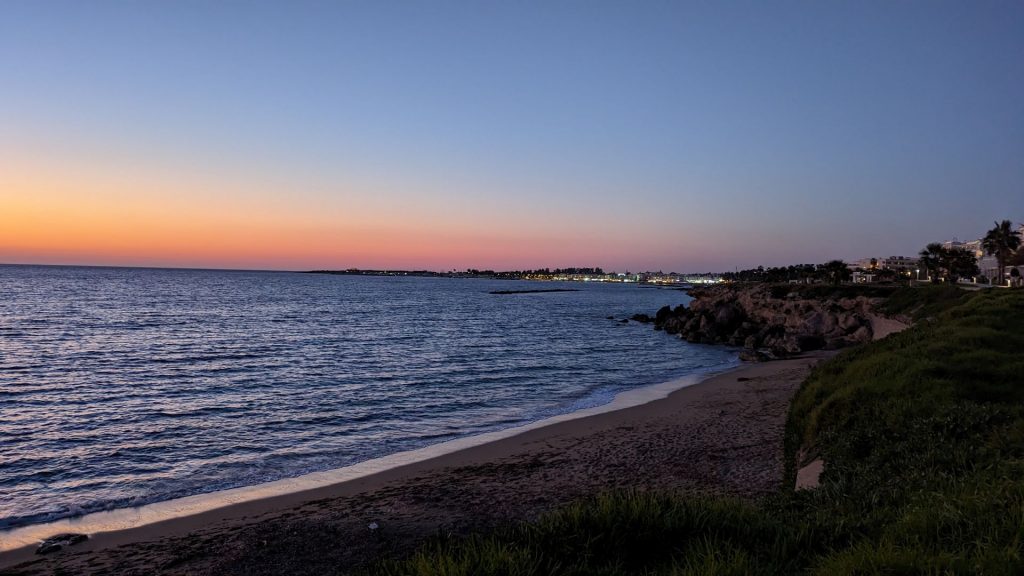
We’d walked over 12,300 steps, our heads were full of facts we would never remember, and we’d managed to avoid driving on the right side of the road. All in all, a good day.
